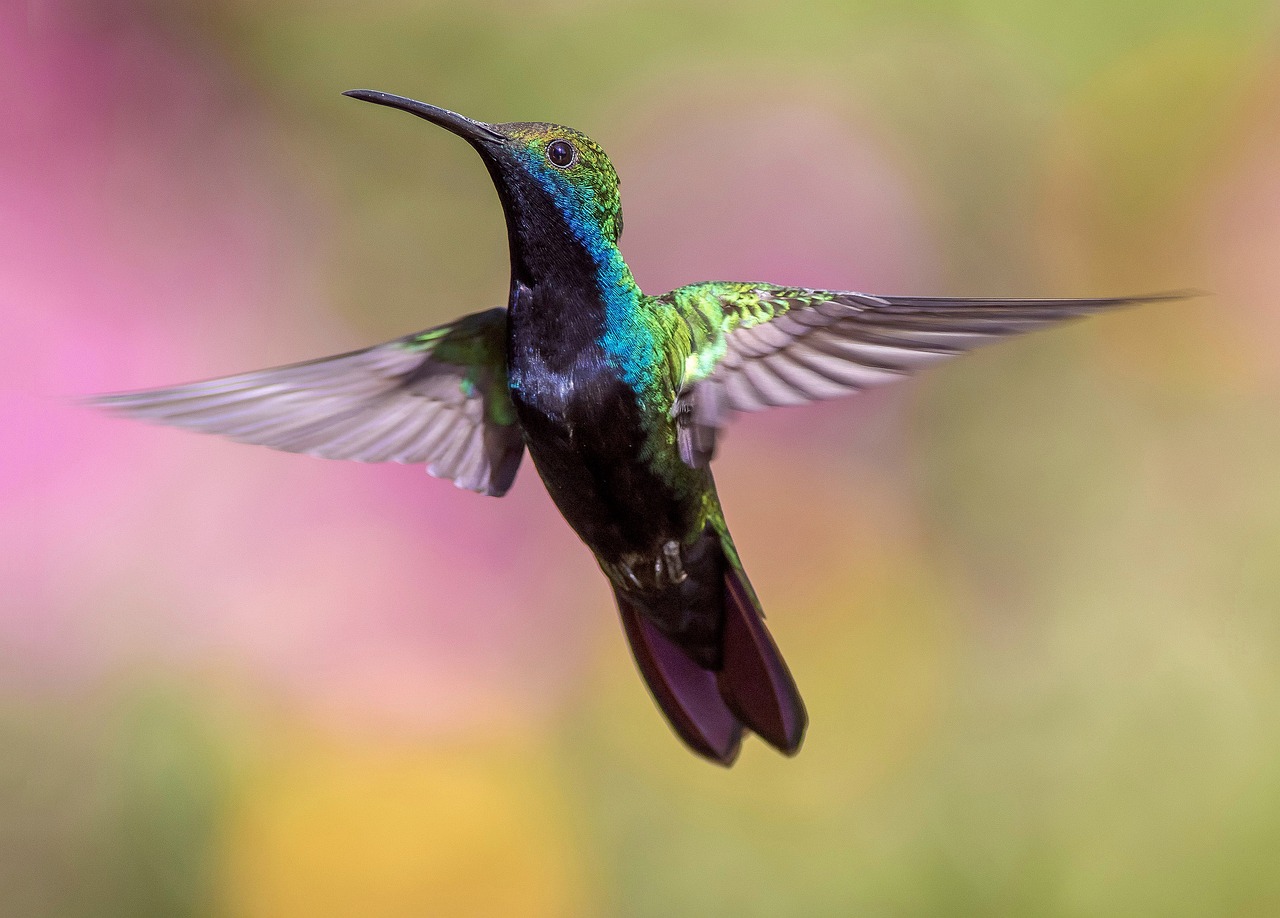Hummingbirds are fascinating creatures known for their vibrant colors, incredible speed, and unique ability to hover mid-air. These tiny birds have captivated the hearts of birdwatchers and nature enthusiasts alike. Many people enjoy attracting hummingbirds to their yards by setting up feeders filled with a sweet nectar solution. However, a debate has emerged regarding whether it is safe and beneficial to continue feeding hummingbirds during chilly weather.
The Argument Against Feeding Hummingbirds in Cold Temperatures
Those who oppose feeding hummingbirds during cold weather argue that these delicate birds have evolved over millions of years to migrate or adapt their behavior when temperatures drop. They believe that providing artificial food sources disrupts the natural cycle of these birds and may hinder their survival instincts.
One concern is that hummingbirds may become dependent on feeders as a sole food source, leading them to neglect other essential nutrients they obtain from flowers and insects. This dependence could weaken their immune systems and overall health.
Furthermore, some experts suggest that leaving feeders out during freezing temperatures can pose risks for the birds. Nectar solutions can freeze, making it difficult for hummingbirds to access the food they need for energy. Additionally, if the feeder freezes solid, it could potentially harm the bird’s delicate bill or tongue.
The Case For Feeding Hummingbirds in Cold Temperatures
Advocates for continuing to provide nectar feeders during chilly weather argue that doing so offers critical support for migrating or resident hummingbird populations. They believe that the availability of a reliable food source can help sustain these birds during periods when natural food may be scarce.
Research has shown that hummingbirds have an incredible ability to regulate their body temperature, even in freezing conditions. Their metabolic rate increases significantly to generate heat, allowing them to survive cold nights.
By providing nectar feeders, humans can assist in maintaining the energy reserves necessary for hummingbirds to endure such extreme conditions.
Additionally, some species of hummingbirds have been observed adjusting their migration patterns and remaining in colder regions year-round due to the availability of artificial feeders. These birds rely heavily on human-provided food sources during winter months when flowers are not blooming.
Best Practices for Feeding Hummingbirds in Chilly Weather
If you choose to continue feeding hummingbirds during chilly weather, it is essential to follow best practices:
- Use a high-quality feeder designed specifically for hummingbirds.
- Ensure the nectar solution is fresh and free from contamination. Clean the feeder regularly with hot water and mild soap.
- Monitor the feeder closely and remove it if temperatures drop below freezing or during severe weather conditions.
- Consider using heated feeders or placing hand warmers near the feeder to prevent freezing.
The debate on whether or not to feed hummingbirds in chilly weather continues among bird enthusiasts and experts alike
While there are valid arguments on both sides, it ultimately comes down to personal choice and careful consideration of local climate conditions and specific species’ needs.
If you decide to provide nectar feeders during cold temperatures, following best practices will help ensure the safety and well-being of these remarkable creatures. Remember that while feeding them can offer support, it should never replace the preservation and restoration of natural habitats that hummingbirds rely on for their long-term survival.



